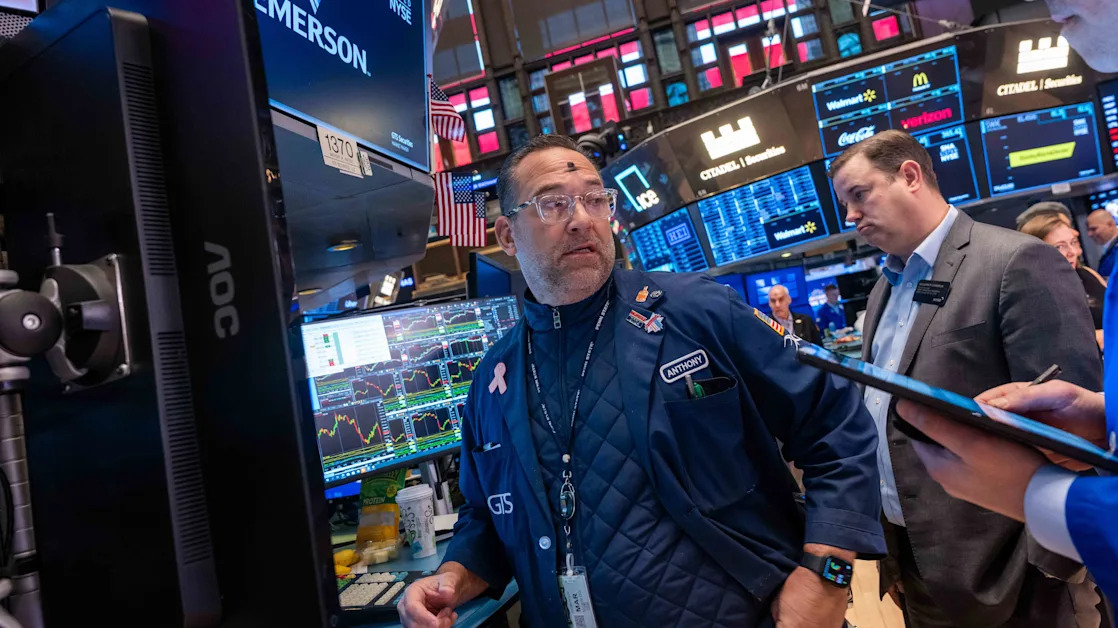(Bloomberg) -- Oil slipped again after dropping by more than 2% on Tuesday, with futures unable to climb above a key technical measure even as Middle East tensions remain in focus, with key US inventories data due coming.
Brent traded below $79 a barrel, with West Texas Intermediate under $75. Traders’ attention was turning to weekly figures on stockpiles due later Wednesday, after an industry report pointed to a further decline in crude holdings.
Futures have been buffeted in recent sessions, with the most recent decline coming after they rallied to near their 200-day moving average, but failed to top that marker. Political risk in the Middle East and a threat to supply from Libya supported recent gains, but have been countered by a broadly bearish undertone — leading top Wall Street banks including Goldman Sachs Group Inc. and Morgan Stanley to shave their price forecasts for next year.
“The latest price action is symptomatic of the oscillatory nature of the market over the past couple of months,” said Harry Tchilinguirian, group head of research at Onyx Capital Group. Macroeconomic and oil demand concerns are “capping how high prices can go, while geopolitical developments and concerns of over supply are helping to buoy prices, each side taking turns in keeping the market range bound.”
Banks also flagged a dour outlook in China for some of their pessimism, as wider economic malaise and a switch to electric vehicles dents fuel consumption in the biggest crude importer. In Europe, diesel demand is seen falling to below pandemic-era levels on weak manufacturing and structural shifts in the region’s car fleet. There are also signs of weakness in the gasoline market.
Still, the industry-funded American Petroleum Institute forecast that nationwide inventories fell by 3.4 million barrels last week, which would mark the eighth decline in nine if confirmed by official data later Wednesday.
Later this week, traders will be on the lookout for more US economic data, including figures on growth and employment, which may offer further hints on the outlook for monetary policy. Federal Reserve Chair Jerome Powell earlier gave indications that lower interest rates were on the horizon.
To get Bloomberg’s Energy Daily newsletter into your inbox, click here.





